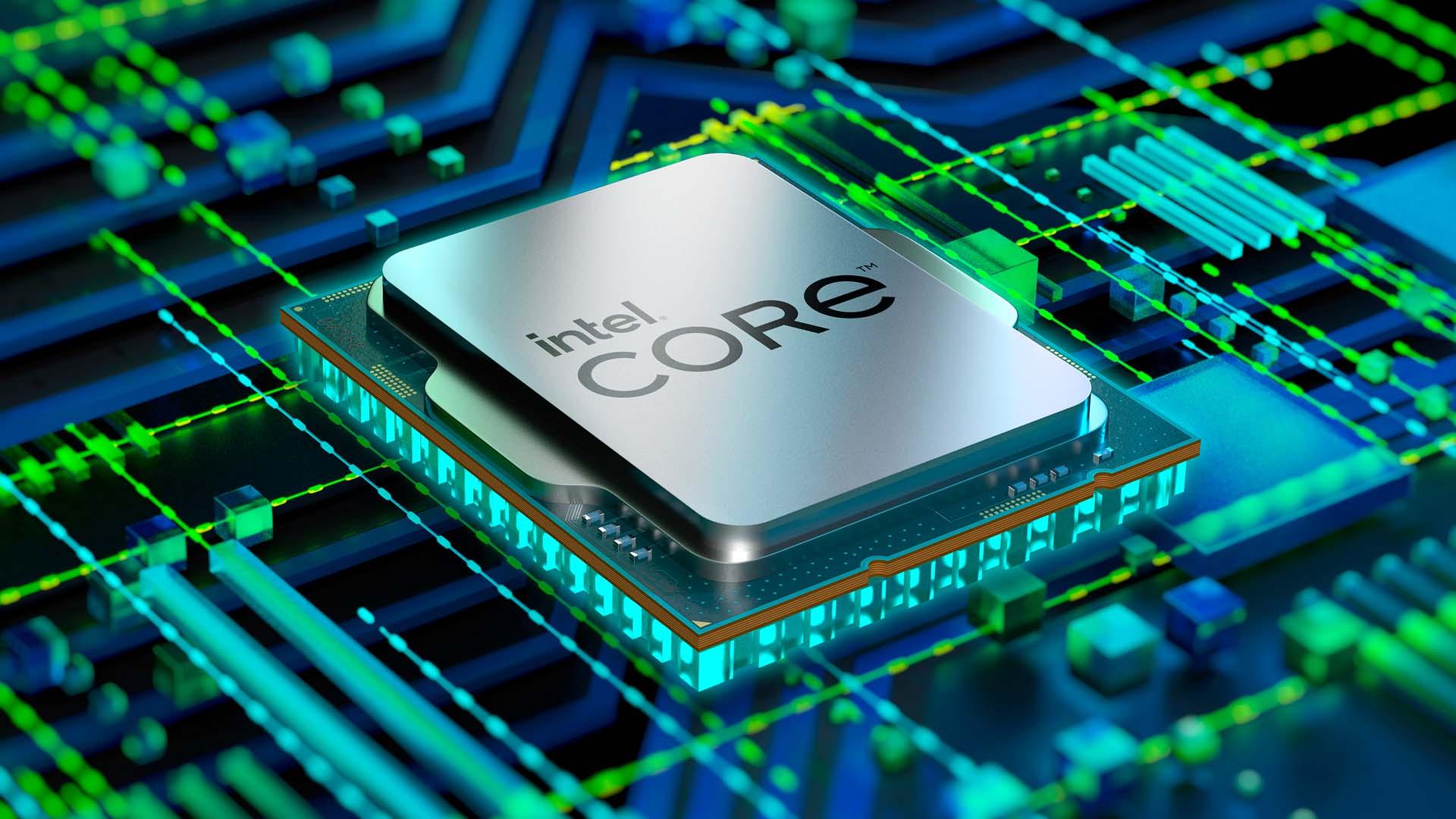Intel's Bartlett Lake-S is incoming, but not to desktop PCs — chips will debut for Intel's NEX group
Intel preps socketed Bartlett Lake-S for network and edge systems.

The first rumors about Intel's Bartlett Lake-S platform emerged a few days ago, with rumors indicating the chips would come to desktop PCs with LGA1700 sockets. A new report from BenchLife, citing a supply chain source, indicates that Barlett Lake-S is indeed destined for LGA1700 sockets for networking and edge applications for Intel's Networking and Edge group (NEX). As always, we should take rumors with a shovelful of salt, but BenchLife does have a good track record.
From a hardware standpoint, Intel's rumored Bartlett Lake-S CPUs are said to feature up to eight high-performance Raptor Cove cores, up to 16 energy-efficient Gracemont cores, and a built-in Xe-based Ultra HD Graphics 770 GPU. The processors are set to support DDR4 and DDR5 memory, though given their designation, it is reasonable to expect them to support ECC capability, though we are speculating here.
In addition, some rumors indicate that Intel plans to release versions of its Bartlett Lake-S CPUs with 12 high-performance Raptor Cove cores only, requiring brand-new silicon. Whether or not Intel needs such a silicon at this point is debatable, but such a chip is rumored.
An avid reader would probably ask about the difference between Intel's rumored Bartlett Lake-S processors and the company's Raptor Lake-S CPUs for embedded applications, some of which also come in an LGA1700 form-factor and are rated for a desktop-grade processor base power of 65W. BenchLife believes the rumored Bartlett Lake-S may feature 'slightly strengthened AI performance.' We believe the difference could be in CPU silicon and platform features tailored for networking and edge applications.
Intel is expected to offer its Arrow Lake-S processors for enthusiast-grade desktops later this year. These CPUs are projected to offer up to 24 cores, albeit without Hyper-Threading on P-cores. The new processors will come in an LGA1800 form factor and are not expected to be compatible with existing platforms. That said, it would be surprising to see Intel offer yet another refresh for its LGA1700 platform, which will turn three years later in 2024. As a result, while Bartlett Lake-S may indeed be incoming, it might not address traditional or enthusiast-grade desktops. Still, remember that we are talking about a rumored product that may not even come to fruition.
Get Tom's Hardware's best news and in-depth reviews, straight to your inbox.

Anton Shilov is a contributing writer at Tom’s Hardware. Over the past couple of decades, he has covered everything from CPUs and GPUs to supercomputers and from modern process technologies and latest fab tools to high-tech industry trends.
-
Pierce2623 If they release 12 p cores on a socketed CPU, I might just consider buying Intel again.Reply -
cyrusfox Reply
Have you looked at the Xeon Workstation line? These are socketable and starts at 12P cores and goes up 56P cores. You pay workstation prices though (for middling performance).Pierce2623 said:If they release 12 p cores on a socketed CPU, I might just consider buying Intel again.
For the economics of silicon though, e cores are here to stay on the consumer side and will only get better with each generation. -
bit_user Intel should really update their Alder Lake H0 stepping dies with Raptor Cove cores. H0 is the die that has only 6P + 0E cores, and powers somewhat popular quad-core options at the low end of their product stack, like the i3-14100.Reply
The only complaint I've heard about H0-based CPUs is they're a little harder to cool, due to the smaller die size reducing the contact area with the heatspreader.
On the plus side, because they have fewer ring stops, they can potentially experience less latency and have demonstrated lower idle power. -
bit_user Reply
You didn't scroll down far enough. The 2400-series actually starts at just 6 P-cores, but be aware that they're made using the same 24 P-core die as the rest of the 2400-series, with the other 18 cores disabled.cyrusfox said:Have you looked at the Xeon Workstation line? These are socketable and starts at 12P cores and goes up 56P cores.
Of course, if one really just wanted 6 P-cores, they could get an i5-12600 (non-K). However, only the Xeon W processors will give you AVX-512 and AMX.
BTW, you do raise an interesting point: what if the 12 P-core product is actually just a rebranding of their monolithic Xeon W die, with only 12 cores enabled? In that case, I wouldn't expect it to support LGA1700.